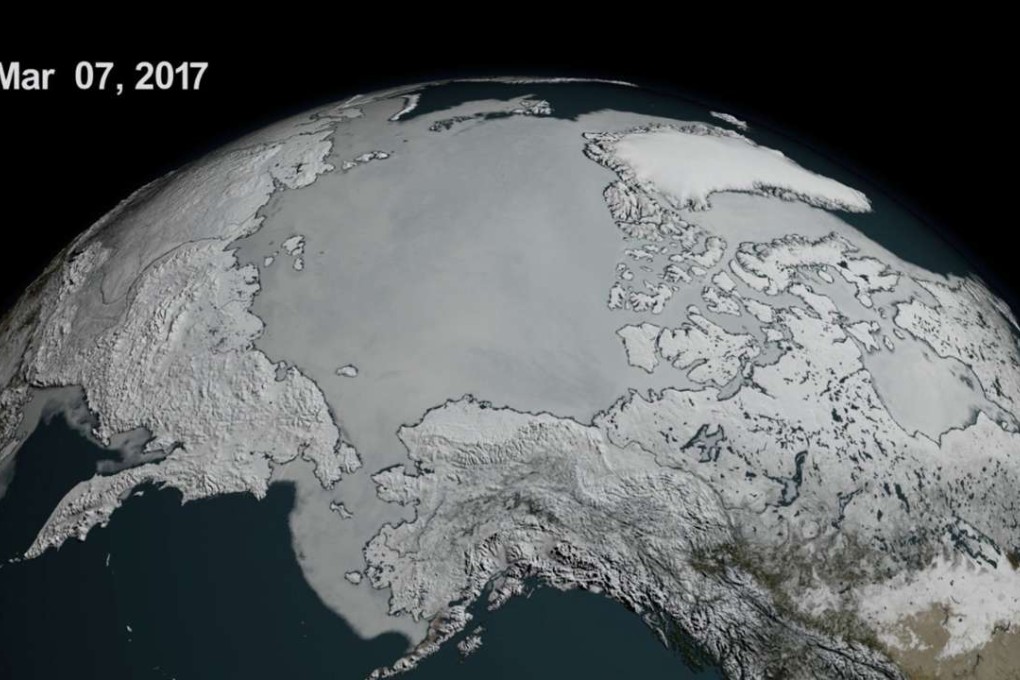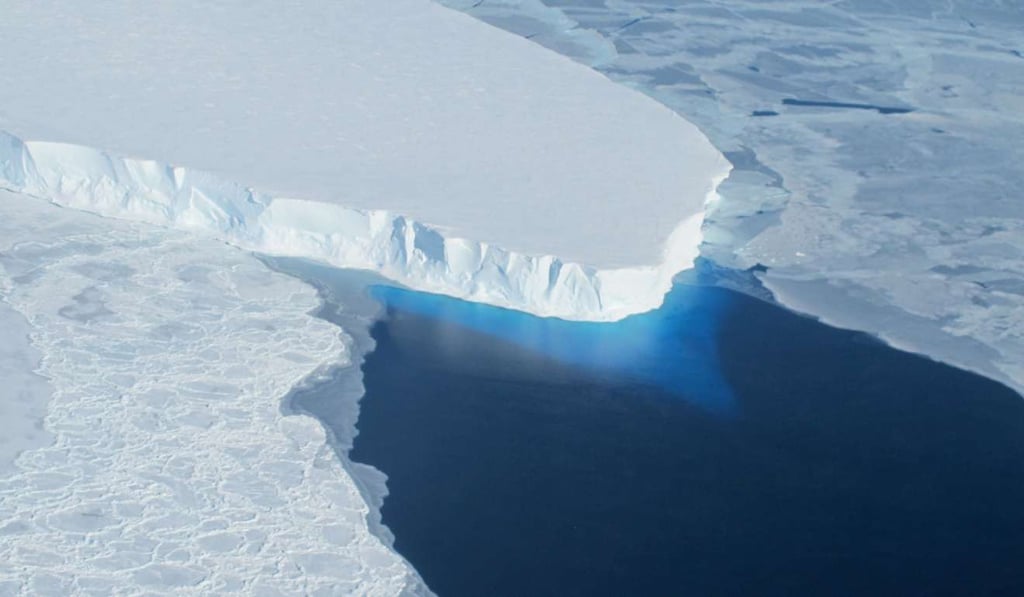Ice caps shrink to new record lows at both ends of the planet

The sea ice cover in the Arctic and Antarctic hit new record lows for this time of year, marking the smallest polar ice caps in the 38-year satellite record, US government scientists said Wednesday.
In March, the Arctic ice sheet should be at its biggest, but on March 7 the ice cover reached “a record low wintertime maximum extent,” said a statement by the US space agency NASA.
Data from the NASA-supported National Snow and Ice Data Centre (NSIDC) in Boulder, Colorado, also showed that on March 3, “sea ice around Antarctica hit its lowest extent ever recorded by satellites at the end of summer in the Southern Hemisphere.”

The ice floating in the Arctic Ocean grows and shrinks on a seasonal cycle, reaching its largest size in March and its smallest at the end of the summer melt in September.
This year’s Arctic maximum spanned 14.42 million square kilometres.